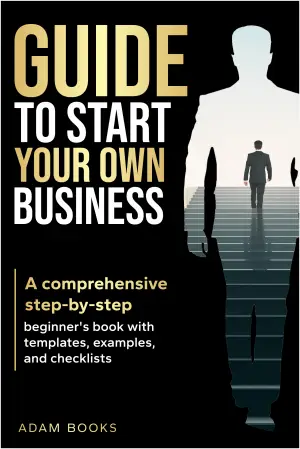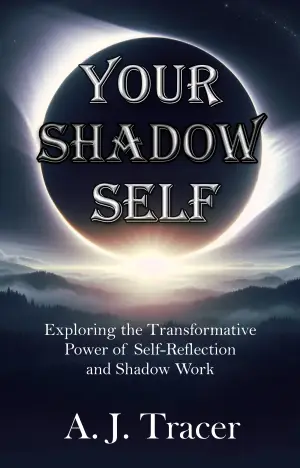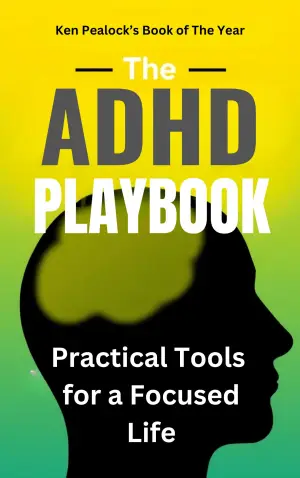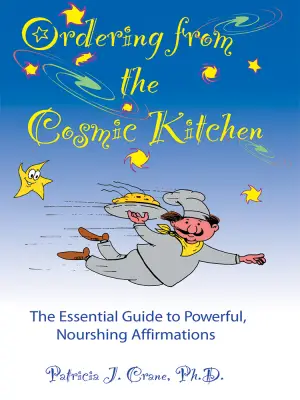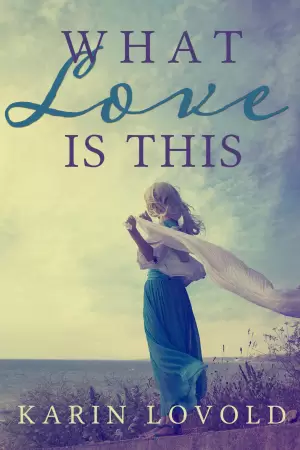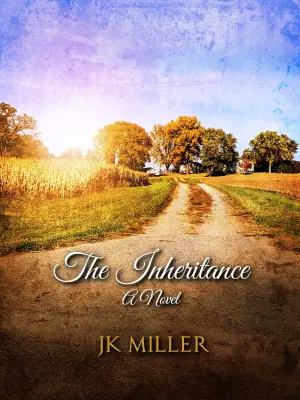Finding Balance in Risk: A Reflection on Nate Silver’s On the Edge: The Art of Risking Everything
When I first picked up Nate Silver’s On the Edge: The Art of Risking Everything, I was intrigued by a book that promised to delve into the intricate world of risk management and decision-making. As someone who often ponders over the "what-if" scenarios in both life and literature, Silver’s perspective on navigating uncertainties resonated with me. It was exciting to think of a book that not only analyzed risks but also celebrated those who embrace them—however, I quickly found that my reading experience would be a bit more complicated than I anticipated.
Nate Silver, known for his data-driven insights and sports predictions, introduces us to a community he terms “The River.” In his exploration, he paints a broad canvas featuring gamblers, analysts, and innovators who navigate the treacherous waters of risk. What struck me, however, was that while he thoroughly profiles these "Riverians," I couldn’t shake the feeling that he was sketching a delicate portrait of a community that, perhaps, exists more vividly in his mind than in reality. Silver’s emphasis on their analytical prowess is commendable, yet I wondered if my own understanding aligned with that portrayal.
The book’s first half, primarily focusing on the world of gamblers—be it poker players or sports bettors—captured my attention with vivid narratives and an insider’s perspective. Silver’s background as a professional poker player lends authenticity to his depictions, and I found myself engrossed in the various strategies and approaches within this realm. His subtitle, The Art of Risking Everything, feels slightly misleading; he emphasizes calculated risks rather than reckless abandon, which is a theme that resonates with me deeply.
However, as I moved beyond the initial chapters into the much-debated Chapter 13—an oddly titled list of "Thirteen Habits of Highly Successful Risk-Takers"—I felt the tone shift. Here, the coherence and depth I craved began to slip away, replaced by broad strokes that felt inadequate. The transition into Silicon Valley’s preoccupations later in the book was less satisfying. Silver’s voice became more abstract, relying on metaphors that at times felt disconnected from the vibrant examples laid out earlier. While I appreciate the intellectual exercise, it didn’t quite hit the same mark for me.
Another major point of contention was Silver’s delineation of "The Village," the group he positions as the antithesis to his River. To be frank, the dichotomy felt overly simplistic and, at times, tedious. His somewhat snarky portrayal of the “Villagers”—those entrenched in academia and media—left me wondering if he was arguing against imaginary foes rather than engaging in meaningful discourse. This “us vs. them” narrative added layers of conflict but lacked the nuance that I crave in nonfiction.
In summary, On the Edge provided an insightful glimpse into the art of risk but also left me walking away with mixed feelings. While Silver’s engaging writing and personal anecdotes drew me in, the broader claims about community felt unconvincing. I didn’t feel like I emerged from the book transformed; rather, it provided a snapshot of a world I had hoped to understand better.
This book may resonate with readers who appreciate a quantitative lens on life’s complexities, particularly those interested in gambling, venture capital, or the byzantine landscapes of contemporary risk management. In the end, I’m glad I read it. It stirred my thoughts about risk and influence, even if it didn’t shift my worldview completely. If nothing else, it’s prompted a reflection on where I stand in Silver’s proposed landscape—and perhaps where I might like to wander next.
Discover more about On the Edge: The Art of Risking Everything on GoodReads >>

